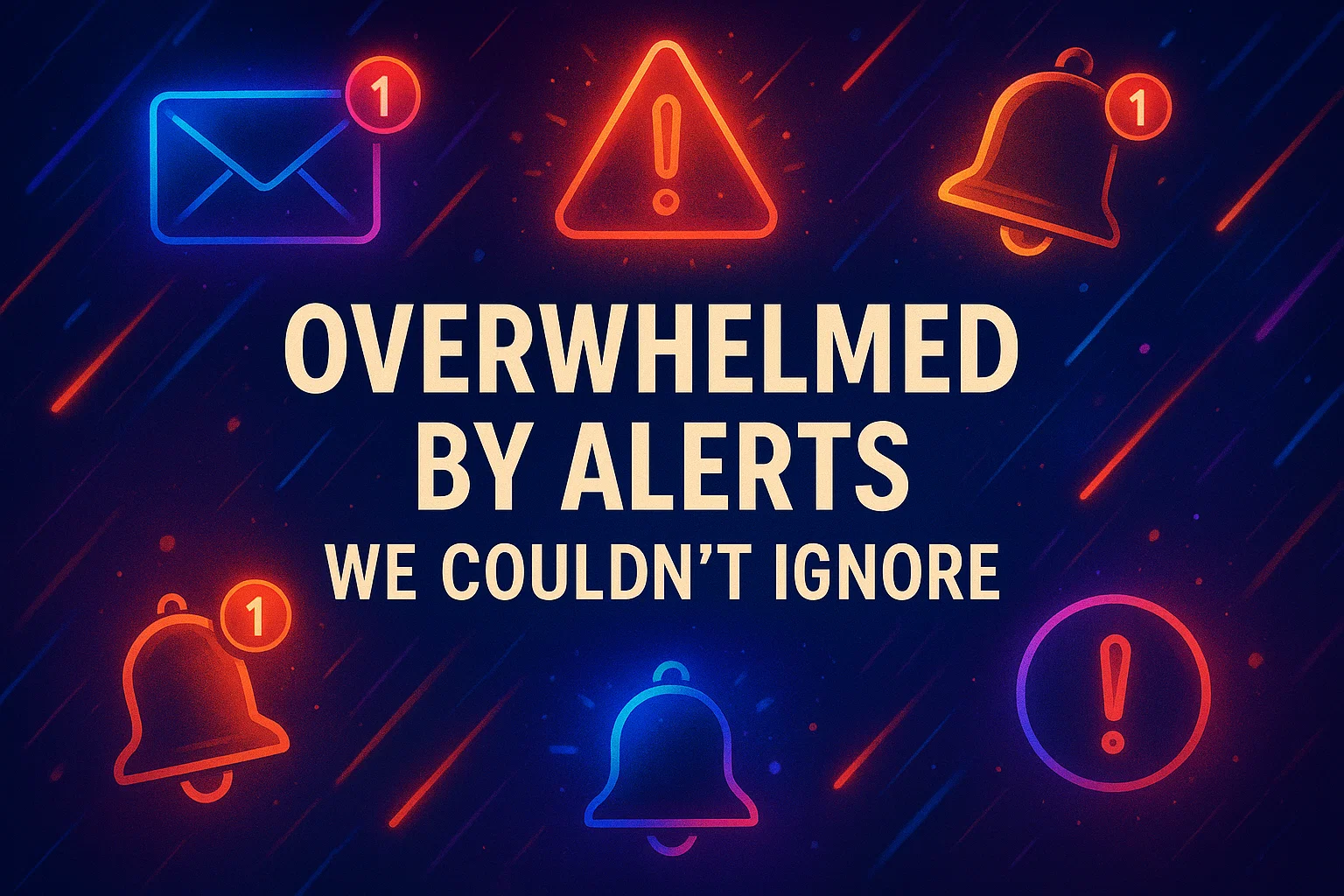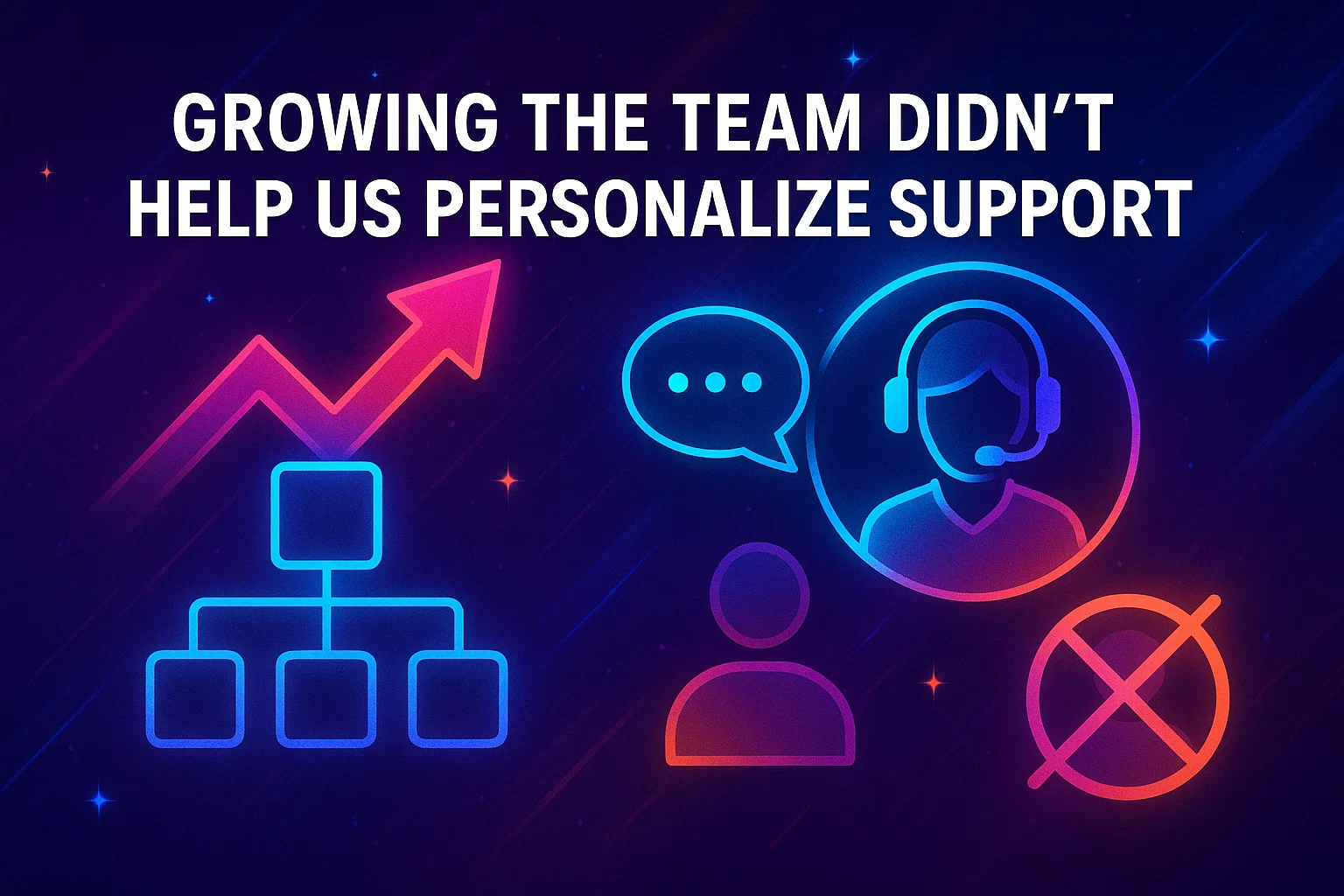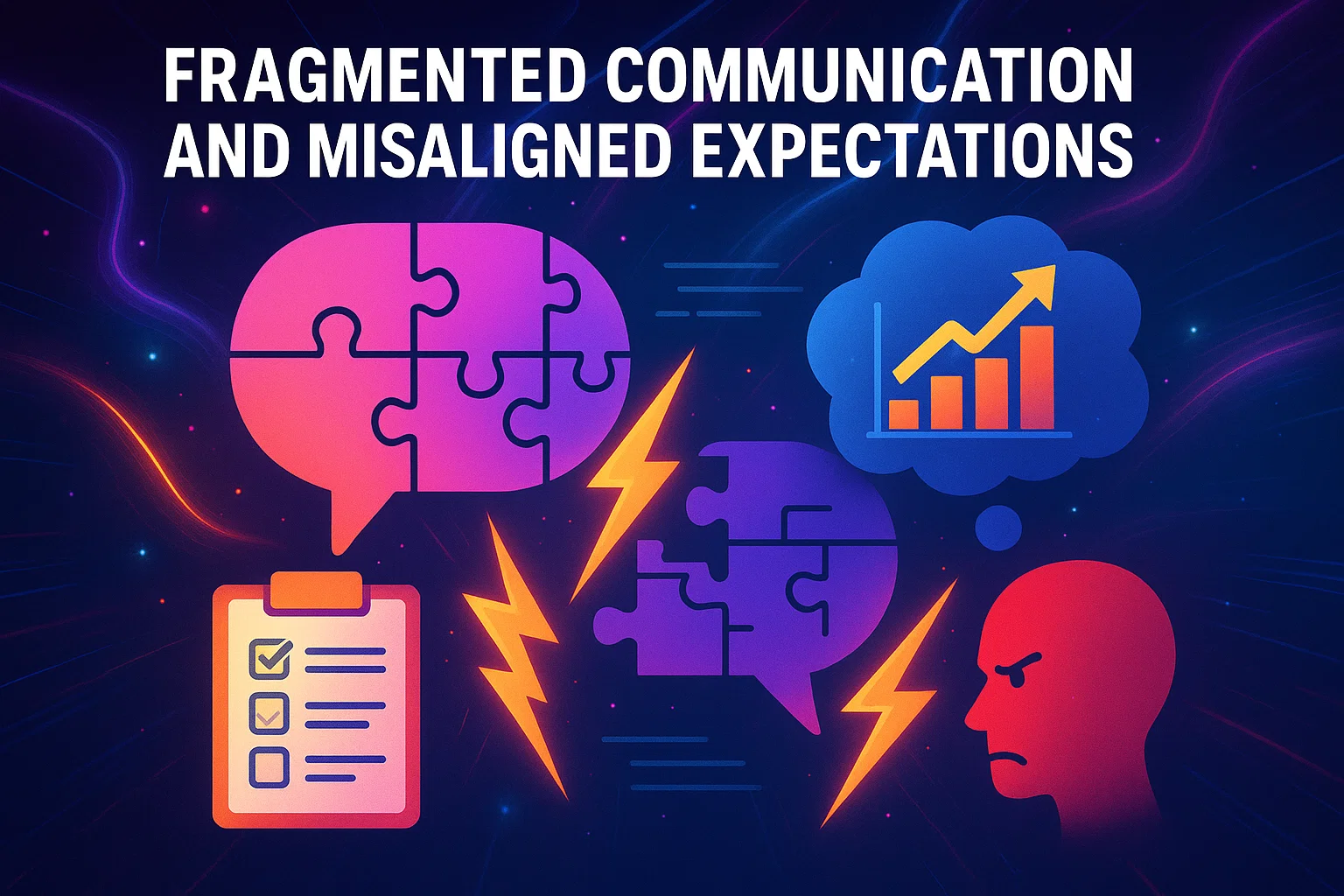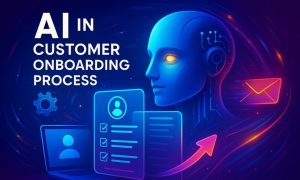Imagine Customer Success team is working nonstop, but there’s always more to do, some customers still feel ignored, and you just can’t catch up. When alerts keep piling up, data feels overwhelming, and it grows faster than you think.
The result?
Burnout, missed deadlines, customers feeling unheard, lost revenue, and a team stretched so thin that even the smallest issues became overwhelming.
Sound familiar? Hold on!!!
You’re definitely not alone.
That’s exactly what we experienced last year—a raw look at the daily struggle of doing our absolute best.
But still, it’s feeling like never quite enough. If you have ever faced such overwhelming chaos behind the scenes, you’ll relate to what we went through……

Overwhelmed by Alerts We Couldn’t Ignore
From the very first, our customer success team knew that staying on top of alerts was super important. They were supposed to guide us and identify potential issues before they became full-blown problems.
But then—oh man, this data became a constant barrage!!!
Honestly! It wasn’t the quantity that overwhelmed us. Alerts started coming from multiple sources, and overlapping. They screamed for attention, piling up faster than we could even notice. Our inboxes, dashboards, and notification centers from the customers were flooded.
Even when we tried to prioritize, the noise made it nearly impossible to focus on what truly mattered.
Like, you’re drowning in signals but can’t tell which ones are the real deal? Yeah, it’s a mess.
Too Much Data, Too Little Clarity
The alerts brought with them reams of data, including usage statistics, error logs, and user behaviors that should have helped us prioritize issues.
But instead of providing clarity, we often struggled to identify which signals required immediate action and which were noise. Like-
| Important (Actionable Signals) | Noise/Distractions |
| System outages, payment failures | Duplicate alerts from multiple sources |
| Sudden spike in error rates | Repeated alerts with no new changes |
| Sharp drop in active users | Minor daily fluctuations |
| Cancellation intent signals | Normal login/logout patterns |
| Alerts with clear next steps | Vague or generic warnings without guidance |
So, without such a clear way to sift through the data, we started making decisions based on incomplete or misleading information.
Instead of understanding their unique needs, we were forced to rely on generic responses.
And guess what? That’s when the cracks started to show.
By this, we just started missing opportunities to proactively support customers, ultimately leading to huge churn that we had not even expected.

Growing the Team Didn’t Help Us Personalize Support
To address the rising workload, we planned to expand our team, hiring more skilled Customer Success Managers. We just wanted to spread the workload and regain the personal touch we valued so much.
But the problem wasn’t just the number of people—it was the nature of the work and how quickly the volume kept rising.
So, even though we are doubled in our team now, the number of alerts and support tickets has multiplied at a faster pace. Like-
- We couldn’t customize the welcome and training to each customer’s unique needs.
- With so many alerts, we missed guiding customers through key features
- We couldn’t provide personalized resources or coaching about the product usage
Overall, the idea of truly personalized support by growing became a distant goal rather than a daily reality.
Burnout Was Always There, Despite Our Best Efforts
The emotional and physical struggles on the team became impossible to ignore. And you know that survey—that 77% of workers experience work-related stress, with up to 57% of them reporting a negative impact on them, such as emotional exhaustion and lack of motivation.
And things even get worse when my whole team reports working extended hours regularly, with limited time for breaks or recovery. We had found days ending with tolls of unfinished tickets, unanswered emails, and the gnawing feeling of falling behind.
Moral of the story: We wanted to help every customer, but we simply didn’t have the bandwidth.

Fragmented Communication and Misaligned Expectations
On top of everything else, our team struggled with broken communication. We found customer information scattered across emails, chat apps, and different tools.
Our team often had to ask customers to repeat themselves or spend extra time hunting for details. This overall made it harder for us to respond quickly and build trust.
Without clear communication between departments like product and engineering, important issues took longer to fix. And what we realized was that fixing this meant bringing teams together, sharing information clearly, and working toward the same goals.
Only then could we give our customers the care they deserved and help our team feel confident
What Comes Next: Finding Clarity Beyond the Chaos
One of the biggest challenges we faced was dealing with outdated and disconnected tools. Our team had to jump between different systems just to find basic customer information. That’;s was the reason for getting data missing or scattered.
This back-and-forth wasn’t just annoying, causing real problems. For example, there were times when a customer reached out with an urgent issue, but because their information was scattered across different systems, someone on the team didn’t see the full story.
Then, out of nowhere, a simple but wild idea came up.
What if every customer could have their own personal success manager?
Not just a person, but a smart helper that truly understands their unique journey and is there to guide them whenever they need.
It sounded almost too good to be true. Could technology really replace the human touch? Or would it somehow make our work even harder?
In our next story, we’ll share how this simple but powerful idea gave us hope- and how it might just change the way we support our customers for good. Keep connected with us!!!!!
Author
Shirikant is a proven customer success leader who combines sharp business insight with practical experience to improve retention and drive revenue. As the founder of Statwide, he designs customer-first business strategies that guide companies to turn users into loyal and long-term partners. His approaches are built on real results: stronger relationships, higher customer value, and lasting growth.








